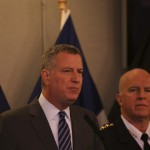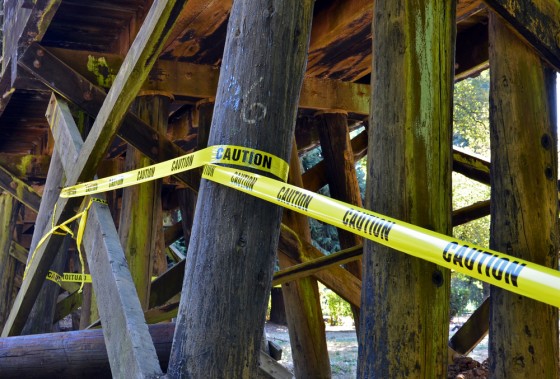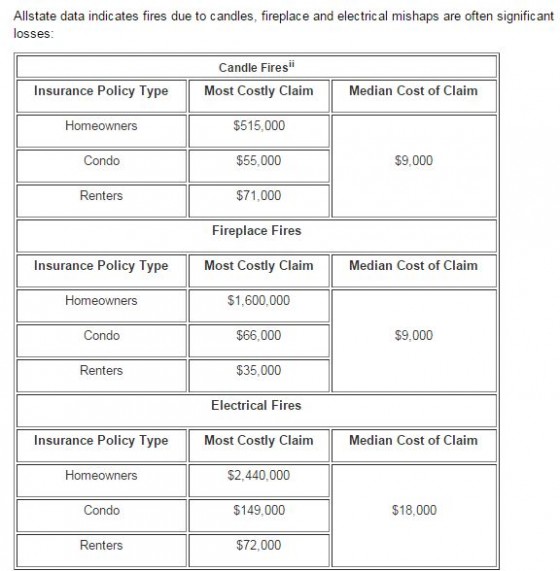 What do you do when you are responsible for the safety of town, county or state residents and forecasts call for drastic weather conditions? Risk professionals can come under criticism if they are overly cautious, yet under-reacting can mean lives are at stake.
What do you do when you are responsible for the safety of town, county or state residents and forecasts call for drastic weather conditions? Risk professionals can come under criticism if they are overly cautious, yet under-reacting can mean lives are at stake.
Take the current situation here in New York, New Jersey and Connecticut. Predictions called for one- to three-feet of snow and blizzard conditions over a wide swath of the tri-state area and states of emergency were declared. Governor Andrew Cuomo of New York yesterday called for a full travel ban in 13 counties, beginning at 11:00 p.m. Those breaking the ban were subject to fines of up to $300, he said.
“With forecasts showing a potentially historic blizzard for Long Island, New York City, and parts of the Hudson Valley, we are preparing for the worst and I urge all New Yorkers to do the same – take this storm seriously and put safety first,” Gov. Cuomo said.
In actuality, however, the storm moved east and north, driving the brunt of the heavy snow and blizzard conditions through Long Island, New York and north through Connecticut and towards Boston.
Today at 7:30 a.m. the travel ban was lifted in most areas of New York and it was announced that public transportation would resume on a weekend schedule. Travel is also permitted in New Jersey and parts of Connecticut. But with snowfall much less than anticipated in many areas, some are questioning the travel ban. Connecticut Gov. Daniel Malloy, however, credited the travel ban and people’s cooperation, for the low number of automobile accidents during the storm—only 15 in the entire state.
“I would rather lean towards safety, because I have seen the consequences the other way, and it gets very frightening very quickly,”  Cuomo told the media this morning. He noted, “Recently in New York we weren’t prepared in Buffalo.” In November, more than six feet of snow was dumped on Buffalo, claiming four lives. He also pointed out that the impacts of Hurricane Irene were underestimated. The belief was that most damage would occur in coastal areas, when the reality was that most destruction happened upstate.
Cuomo told the media this morning. He noted, “Recently in New York we weren’t prepared in Buffalo.” In November, more than six feet of snow was dumped on Buffalo, claiming four lives. He also pointed out that the impacts of Hurricane Irene were underestimated. The belief was that most damage would occur in coastal areas, when the reality was that most destruction happened upstate.
This dilemma is widespread, from hurricanes to thunderstorms to wildfires. How far does a state’s governor go when preparing for an emergency? As Cuomo and many others have said, the responsible action is to put safety first.
New York City Mayor Bill de Blasio defended the decision to shut down the city in a press conference today. “We prepare for the worst and hope for the best,” he said, adding that the good news is that “the people of the city understood how serious this was.” The travel ban kept people safe and allowed the sanitation department—2,400 workers—to more easily clear the roads and deal with the storm’s aftermath, he said.
 Asked if he is concerned that New Yorkers won’t take precautions next time, as was the case with Superstorm Sandy, de Blasio said he is not. “The world has changed a lot in the last few years. Point one: we are going to be very forceful in our messages to people when we sense danger. This is what you saw in the last 48 hours—there is no guarantee what you will get with the weather.”
Asked if he is concerned that New Yorkers won’t take precautions next time, as was the case with Superstorm Sandy, de Blasio said he is not. “The world has changed a lot in the last few years. Point one: we are going to be very forceful in our messages to people when we sense danger. This is what you saw in the last 48 hours—there is no guarantee what you will get with the weather.”
In the future, he said, “I guarantee, if we ever get to the point in any crisis where we say the word ‘evacuate’ it’s going to be very forceful. It’s going to be constantly reiterated and we are going to put a lot of muscle into that.”
Another reality, he said, is that “Extreme weather is becoming much more common” as we have seen extreme weather events “over and over again, in a kind of progression that was unimaginable just a few years ago. People understand it. They understand that global warming is one of the causes and they understand the vulnerability and that we have to look at things differently. That is one of the reasons they took last night so seriously and acted accordingly.”



